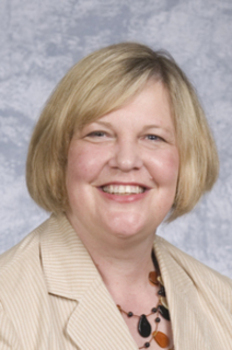Question
Is video modeling as good as using a live imitation?
Answer
Yes, the research shows that live modeling and video modeling give you the same results. However, it has been my experience that video modeling can sometimes be easier because of the ability to replay it over and over again. It also gives you the ability to zoom in on places or objects that you want the child to focus on. So, for particularly challenging problems I tend to use video modeling.
It is important to remember though that peer supports and peer modeling certainly can never be replaced. Therefore, what you choose in the modeling area depends on what you are addressing. If you're addressing something that is kind of quick and needs to happen within the dynamic learning situation then you may want choose a live model. If you are addressing something that represents trouble planning out things or trouble with social information you may want to use video modeling.
Dr. Sylvia Diehl is a faculty member of the University of South Florida Communication Sciences and Disorders Department where she teaches courses in autism, augmentative and alternative communication, language disorders, and developmental disabilities. She has served as a consultant in the area of autism spectrum disorders for the National Educational Association, American Speech and Hearing Association, along with numerous state organizations and school districts.

